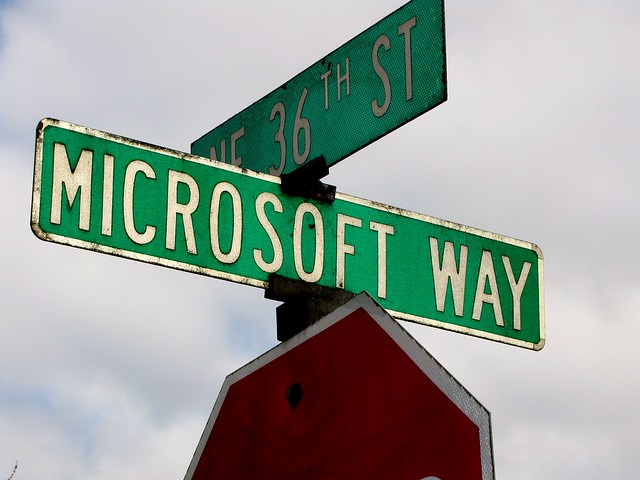
In my reviews of tech companies sustainability reporting, one very obvious laggard has always been Microsoft. Hopefully that’s all about to change.
Why? Microsoft has just signed up with CarbonSystems to use CarbonSystems cloud-delivered Enterprise Sustainability Platform (ESP) to manage its energy efficiency initiatives and for reporting its environmental performance globally.
This is big news. Microsoft has 600 facilities across 110 countries worldwide. For the first time, the full energy and environmental footprints of all these sites will now be managed from within a single cloud-delivered resource, the CarbonSystems ESP system. The levels of transparency this will give Microsoft will be immense. Perhaps now, unlike many of its competitors, Microsoft will be able to join the EU’s ICT Footprint initiative.
This move should also enable Microsoft to report on the energy and emissions associated with its own cloud infrastructure – something, like all other cloud providers, Microsoft has failed to do to-date.
This move is a big deal for CarbonSystems too. CarbonSystems are an Australian company and have done quite well there but have more recently been eying the EU and US markets. Being selected by Microsoft for a global rollout has suddenly catapulted them up the credibility charts. Had you asked me previously which 3rd party platform Microsoft might have chosen I’d probably have mentioned SAP, Hara, CA, or Enablon.
Now with this win, CarbonSystems too has a seat at the big boys’ table.
Photo Credit ToddABishop
Follow @TomRaftery



